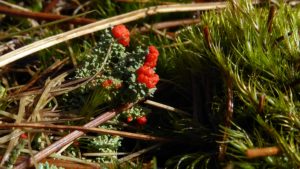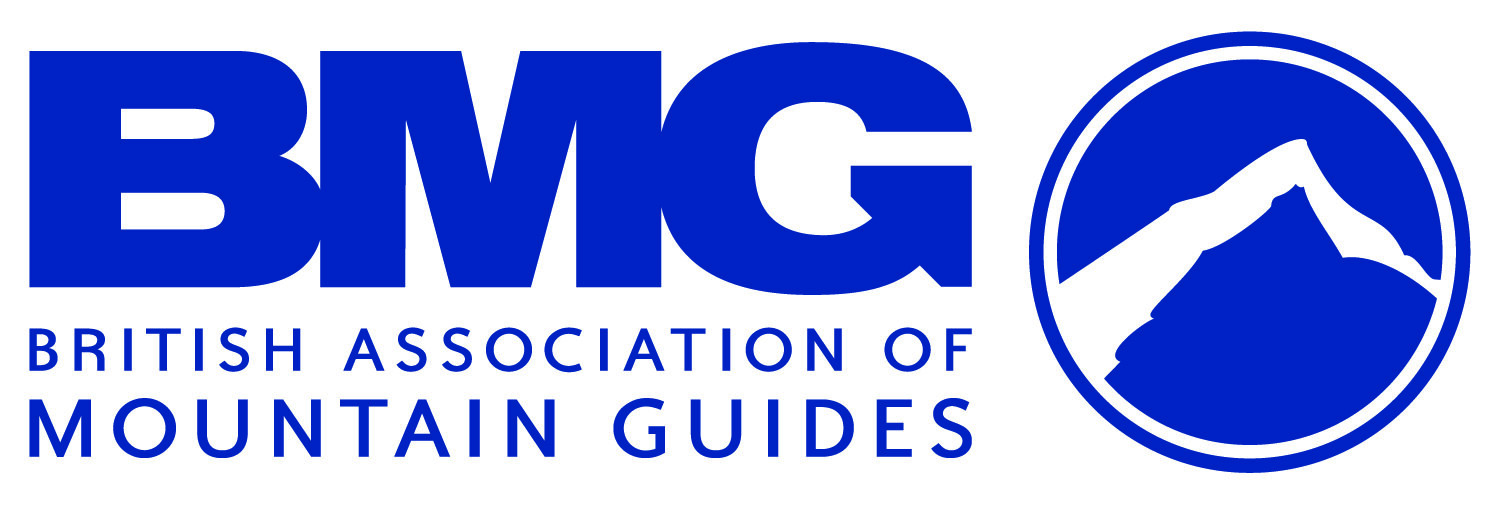What's To Love About Lichens?
/GUEST POST by KELVYN JAMES
We walk past them all the time – and I bet most people don’t even notice. Yet they’re the very building blocks of life – some of the most amazing, and old, living things on our planet. Lichens – I love them and I’m going to tell you why….and maybe persuade you to come on our new ‘Loving Lichens Workshop‘
Rhizocarpon geographicum
Firstly – and this may seem either obvious or maybe obtuse – they’re everywhere – and they’re reliable. With just a little bit of knowledge I’ve always got a nice little nature fact with me on a walk – whether we’re walking up high, along the river or through a wood – even (especially) in an urban environment.
So what am I talking about? What is a lichen? (test; if you don’t know the answer to this – you should think about coming on a lichen workshop…) A lichen is a symbiotic relationship between a fungi and one or more photosynthesiser (usually, but not always, an algae, referred to as photobionts). And it’s often mutualism – i.e. both organisms benefit – it’s not a parasitic or harmful relationship – though some lichens are parasitic on other lichens! The fungi (& one in five of all fungi’s will form lichens) provides the structure whilst the photobiont produces simple sugars as food, and usually grows far larger than it could without the fungi.
In this lichen partnership they form something truly new and unique – over 98% of all cup forming fungi (ascomycetes) are lichens but when the individual organisms are grown separately in a lab they don’t look anything like the lichens we see – together they are more.
But that doesn’t even begin to scratch the surface of how interesting these oft ignored little wonders are. Lichens can grow very nearly anywhere – many many places (& times) when other life simply can’t. They can grow on rocks, trees, animal bones, the ground – even metal. They thrive in remote areas like the Arctic Tundra and the High Alps, but are equally at home in our towns and cities. They’re one of the starting agents for breaking down rocks to form soil (over vast amounts of time). They can shut themselves down for years on end to survive climate changes. A selection of lichen were exposed to the vacuum of space and the full force of the sun’s radiation for a period of fifteen days as passengers on a European Space Agency mission in 2009. Amazingly, some species continued to grow as normal upon their return. They are used by scientists to understand how glaciers move – they’ve been vital in our understanding of climate change. Lichens are recognised as being amongst the oldest living things on our planet. I could go on and on, but…
So what can we see if we head out in the UK? Well, in the UK over 1700 types of lichens have been identified. But it’s not an easy task – many lichens look identical to the naked eye…
On our workshop we’ll try and identify at least three different lichens – but we’ll talk about how we can break all lichens down into some simple categories – why both knowing exactly and knowing approximately is a good thing…
Cladonia pyxidata
Cladonia floerkeana
Cladonia pyxidata aka Pixie Cups
Very few lichens have common names – so this one is lovely – and in most instances I’m happy to call nearly any of these little cup forming lichens Pixie Cups….but actually, there are 15 distinct lichens that this could be to the naked eye – and knowing that allows us to give clients (or ourselves) a glimpse into this complex little family.
Cladonia floerkeana aka devil’s matchsticks or British Soldiers
Except I think this is almost certainly Cladonia bellidiflora. As I say these are complex little beauties. But… We can definitely say these are a ‘fruticose’ lichen – they produce a (usually) tree like thallus (body).
Other lichens can be classed as:
fruticose – growing like a tuft or multiple-branched leafless mini-shrub, upright or hanging down, three-dimensional branches with nearly round cross section (terete) or flattened
foliose – growing in two-dimensional, flat, leaf-like lobes
crustose – crust-like, adhering tightly to a surface (substrate) like a thick coat of paint
squamulose – formed of small leaf-like scales crustose below but free at the tips
leprose – powdery
gelatinous – jelly like
filamentous – stringy or like matted hair
byssoid – wispy, like teased wool
… and I’m sure you’ve already guessed some can be more than one!
So what do we do on a lichen workshop? We’ll use some simple, available to everyone, tools to help us ID lichens and understand them better. I don’t take anything on a walk different to the tools I’d usually be carrying, but we’ll also chat about some simple add-on items that we could use if we’re looking to increase engagement or if education is our aim for the day. We’ll do this on a short journey – simply seeing what we find on our way. We’ll talk about how lichens have been used by man over the centuries – how they still form a vital part of our studies now. I’ll give you some tips for where to look, what to expect & how to get your groups, friends or clients interested too. Hopefully you’ll leave the workshop with a better understanding, maybe even a love for, these fabulous little organisms that are all around us.
And…you should be able to name all the common lichens in this post by the end of the session….
Loving Lichens Workshop – Fri May 31st 2019
About the author
Kelvyn James is an International Mountain Leader, and he is the current Chair of the British Association of International Mountain Leaders, the Mountain Training Association Lake District rep and the former Development Officer for the Association of British Climbing Walls. He lives in Cumbria, runs his own business, Mountain Services, and he is on our team of freelance instructors. He has featured in our My Story blog series.










